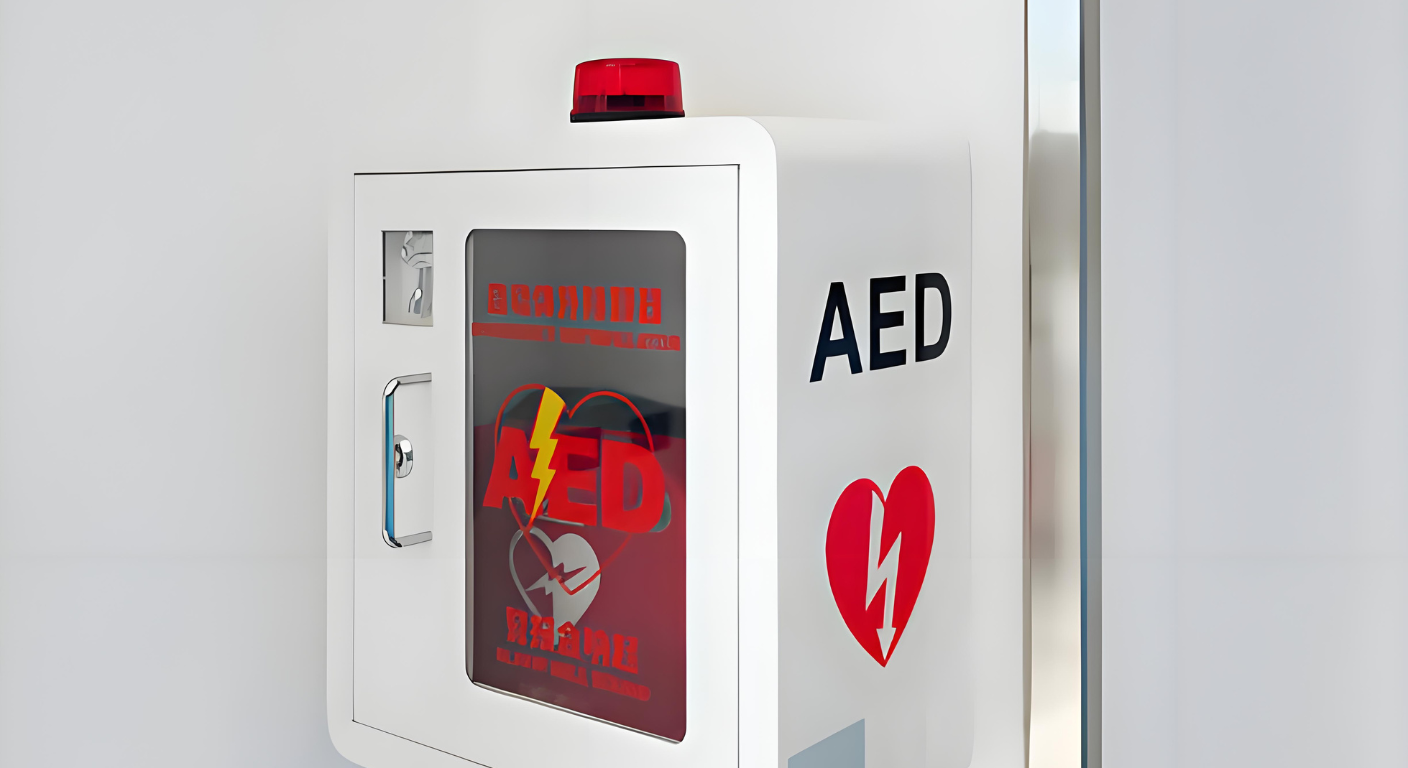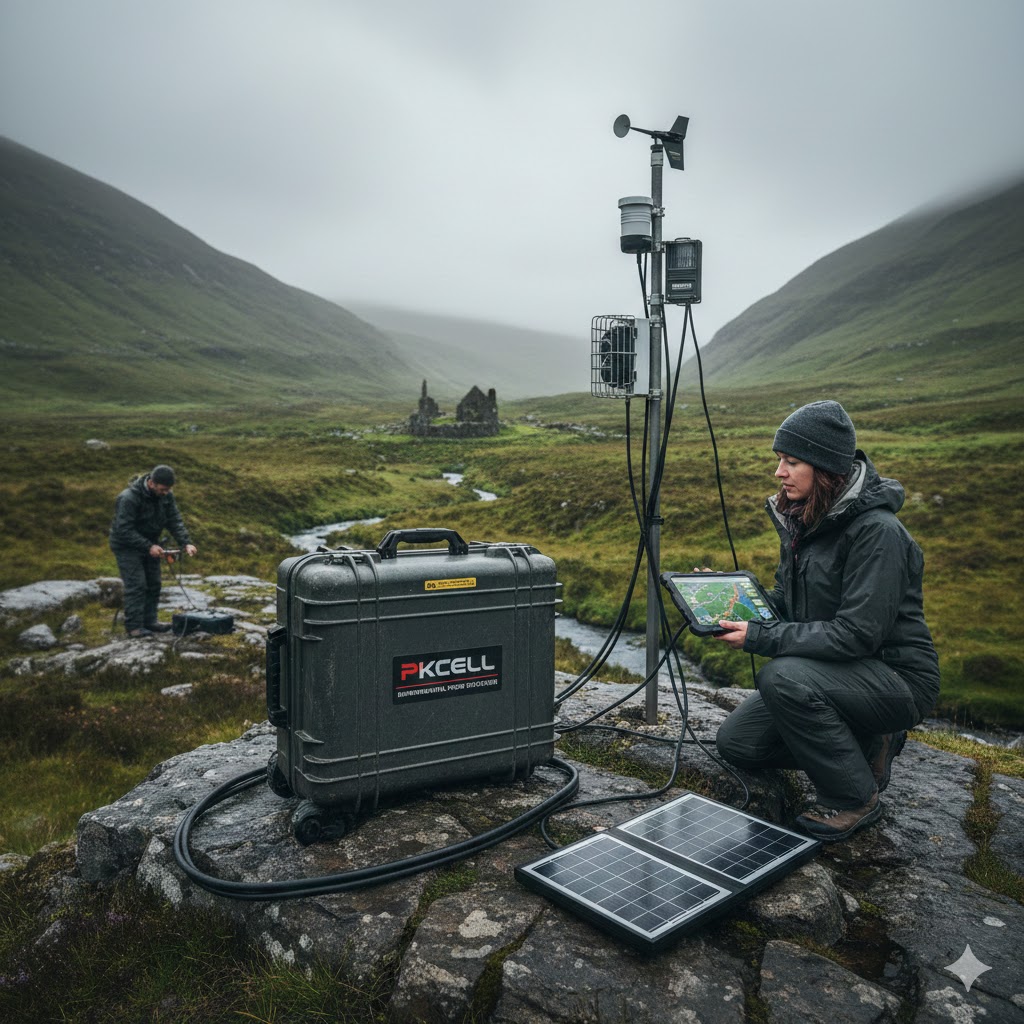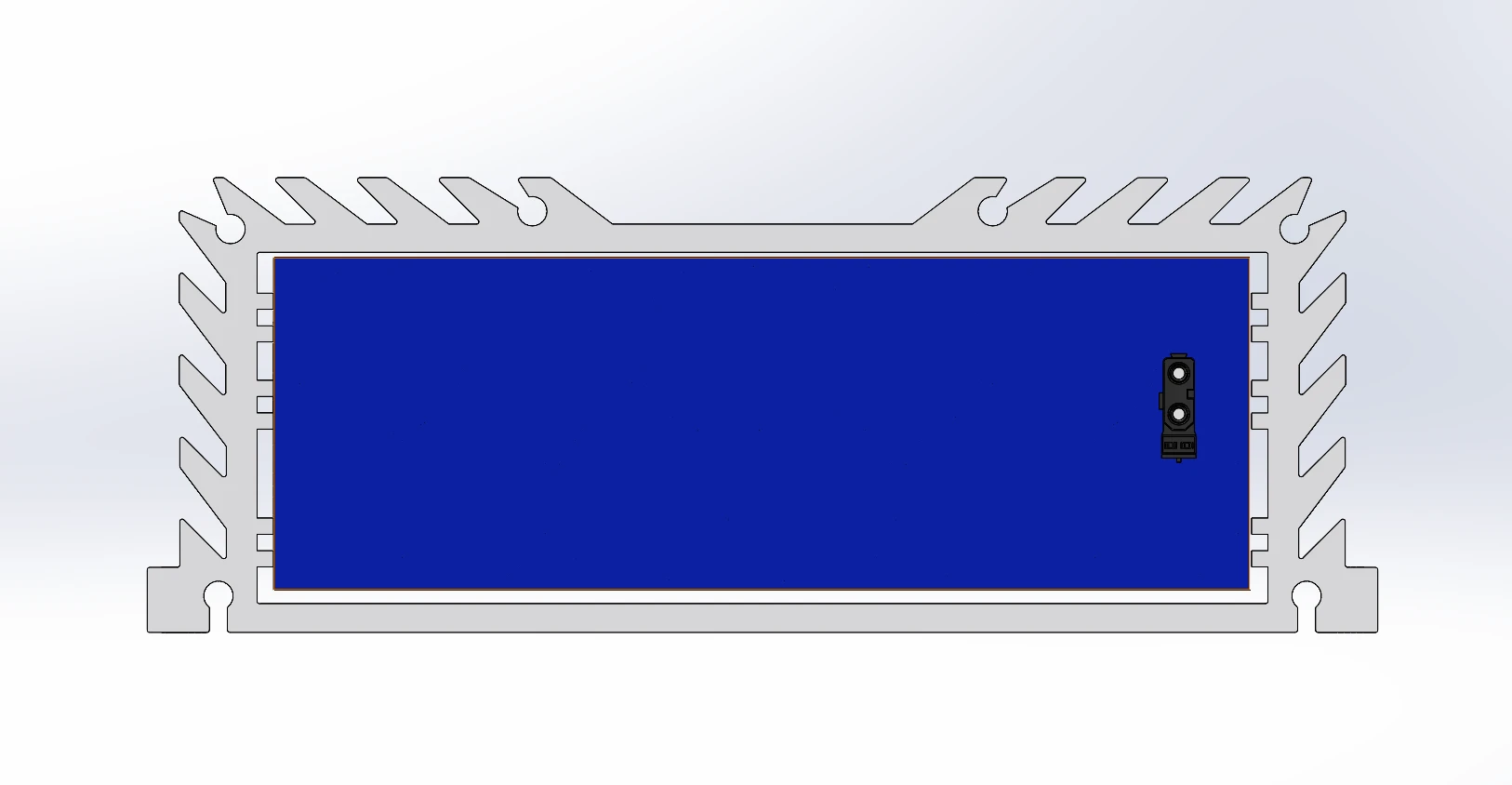
Introdução
Automated External Defibrillators, or AEDs, are vital for fast first aid during heart emergencies. A strong and dependable battery is essential for an AED to work correctly. In this article, we will discuss the critical details about AED battery. Knowing about AED batteries, their kinds, and how to care for them is very important. This way, this life-saving device will work well when we need it the most.
Understanding the Basics of AED Battery
A. What is an AED?
An AED, or Automated External Defibrillator, is a small, easy-to-carry device. It helps save lives during sudden cardiac arrest. The AED sends a controlled electric shock to the heart. This shock can help the heart get back to a normal rhythm. AEDs are simple to use. They give clear voice instructions and visible guides to show you what to do. This design helps bystanders act quickly while waiting for medical help. AEDs are now very easy to find. You can see them in many public places, like airports, schools, and malls.
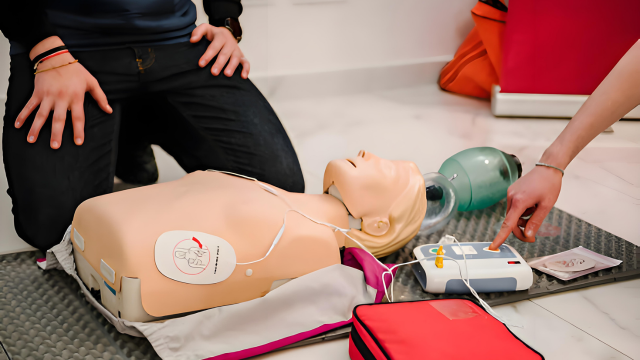
B. What is an AED Battery?
An AED battery powers the AED defibrillator. It provides the electric energy needed to check heart rhythms and provide a shock if necessary. The AED cannot operate without the battery. These batteries are built to last long and safely deliver strong shocks. They are specially designed to meet the challenging demands of AEDs, ensuring their good work in emergencies.
C. Why is AED Battery Critical for Saving Lives?
When someone falls down suddenly because of cardiac arrest, every second counts. A charged battery in the AED is significant for quickly giving a shock. If the battery is dead or weak, the AED won’t work. This delay can be deadly. That’s why having a strong battery is as crucial as having the AED itself. This helps make sure these life-saving devices work well when we need them most.
Different Types of AED Defibrillator Batteries
AEDs use different types of batteries. Each type has its good points and bad points. The two main types are non-rechargeable and rechargeable batteries. Choosing the right type can affect how well the device works and how long it lasts. Let’s take a look at the main types of AED defibrillator batteries.
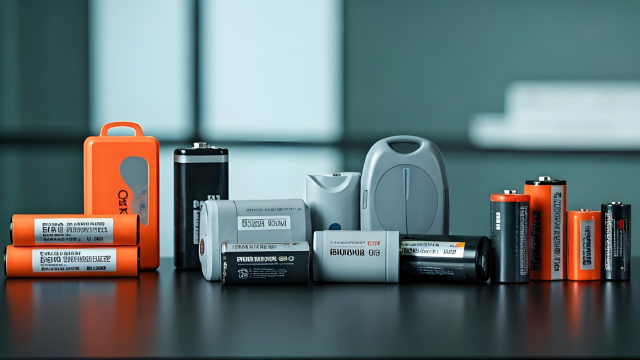
A. Non-Rechargeable AED Batteries
Non-rechargeable AED batteries, often called disposable batteries, are meant for one-time use. They are the most common batteries for AED. A few types are available, but lithium manganese dioxide batteries are very popular. They give much power and last a long time. You can find these batteries built-in or as separate cartridges, making changing them easy. It’s important to know that once a non-rechargeable battery is empty, you can’t use it again. You have to replace it. Usually, these batteries last from 2 to 7 years. Their lifespan can change based on the brand and how you store them.
- Advantages: They last a long time. You don’t need to charge them. They are easy to take care of. They are reliable and strong. Many types are lithium-based. Most will last for several years.
- Disadvantages: You cannot use them again. They can cost more over time because you need to buy new ones.
- This type is ideal for: AEDs that are in public places or used less often.
B. Rechargeable AED Defibrillator Batteries
Rechargeable defibrillator batteries are also a common choice. They use lithium-ion (Li-ion) or nickel metal hydride (NiMH) technology, which allows you to charge them several times. This choice can save you money in the long run because you won’t need to buy new batteries often. These batteries are built to endure many charging and discharging cycles. So, they will keep supplying the power that the AED requires.
- Advantages: They are good for the environment. They work well for everyday use. You can charge them several times. They can save you money over time.
- Disadvantages: They need regular charging and checks. They cost more to buy. You also need a special charger.
- This type is perfect for: areas where the AED is used often and can be inspected regularly. They are commonly found in hospitals or emergency response vehicles.
How to Choose the Right Battery for AED?

Using the correct AED defibrillator battery is very important. If you choose the wrong battery, the device might not function correctly. This can reduce the chances of survival during a heart emergency. When selecting the right AED defibrillator battery, consider your device and your needs. To make a wise decision, check how well the battery matches your device and your specific situation.
Compatibility with Your AED Device
Before you buy a battery for AED, check that it fits your model. You can usually find this info in the AED’s manual or on its label. If you are not sure, contact the manufacturer or a reliable supplier. Here are some key things to look at:
- Tensão (V): Ensure the battery’s voltage matches the AED’s needs. A battery with the wrong voltage can damage the device or stop it from working.
- Power Requirements (Watts): AEDs need enough power to deliver strong, quick shocks. Check the label or manual to see what your device needs.
- Battery Capacity (Ah or Wh): This tells you how long the battery will last. A larger capacity means longer standby time, making the battery heavier and more expensive.
- Size and Fit: The battery must fit well in the AED’s battery compartment. Also, consider the weight. Lighter batteries are easier to install and use.
Other Personal Factors to Consider
Besides compatibility, how you use the AED and your preferences play a big part in choosing the correct battery type. Here are some helpful tips to help you pick the right defibrillator battery:
- Usage Needs: If your AED is for first responders who use it often, consider getting a rechargeable battery. A long-lasting primary battery that needs little care might be a better option for places like offices or schools.
- Battery Runtime & Life Expectancy: Check if the battery can keep the AED running for a long time and remains reliable for several years. Some batteries can last between 2 to 7 years when not being used.
- Safety Protections and Approvals: A good defibrillator battery for AED should have safety features. This includes protecting against overheating, short circuits, and deep discharge. Also, look for approvals like CE, UL, or FDA to ensure it’s safe and of good quality.
- Price vs Performance: Cheap options might seem tempting, but they often wear out quickly. Spending a bit more initially can give you a battery that lasts longer and works better when needed.
- Brand Quality & Reputation: Pick brands or suppliers known for good battery quality. A trustworthy source usually means better materials, correct specifications, and good customer support.
Proper Maintenance Practices for AED Battery
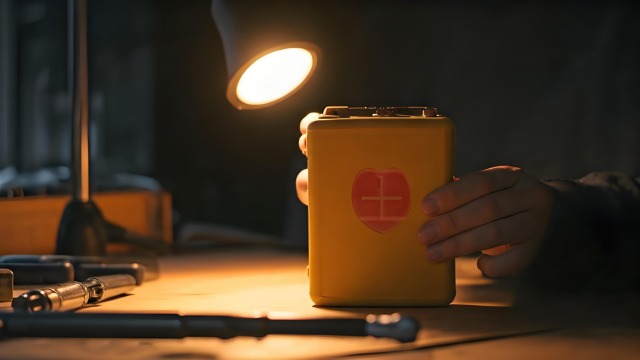
Taking good care of your batteries for AED is crucial. It ensures the battery lasts longer and is prepared for emergencies. If you don’t take care of it, the battery may fail at a critical moment. Follow a few easy tips to help your AED battery stay safe and work well for a long time.
Storage and Disposal
Always store your AED defibrillator battery in a cool, dry place. Stay away from heat, moisture, and direct sunlight. Do not keep the battery in hot or cold spots, like in a car during summer. High or low temperatures can damage the battery and reduce its life. Keep metal items like keys or coins away from the battery terminals. These can cause a short circuit. Make sure batteries are out of reach for kids and pets. Recycle the battery at a certified center when it stops working or is past its expiration date. Don’t throw it in regular trash or burn it. Batteries contain materials that can harm the environment. Properly disposing of AED defibrillator batteries helps protect our environment and supports good waste management.
How to Maintain and Extend Battery Life?
Extending the life of your AED battery helps it be ready for emergencies. This also makes your investment more valuable. Avoid using it in extreme weather. High or low temperatures can affect its performance. Please do not leave the battery unused after its shelf life. Clean the battery terminals with a dry cloth to remove dirt and dust. Set a regular plan to check the battery as well. Look in your AED’s user manual to determine how often you should do this. Usually, this means checking for rust, cracks, leaks, or any damage. While AEDs perform self-tests, checking them occasionally adds extra safety. Following these steps can spot problems early, extend the battery life, and ensure the AED is ready when needed.
Common Battery Issues and Solutions

AED batteries are designed to be dependable and safe, but issues can arise. Understanding these problems and how to solve them can help ensure your AED continues to function correctly. Here’s how to handle some common issues:
- AED won’t turn on: Check if the battery is charged or put in correctly. If it still doesn’t work, try a new battery or reach out to support.
- Low battery warning: A beeping sound or a flashing light warns you of a low battery. If you notice this, change the battery to a new one quickly.
- Battery gets too hot during use or charging: Stop using it right away. Let it cool in a place with good airflow. If it gets hot again, replace the battery.
- Swollen or leaking battery: Stop using it right now. Be careful when safely handling and disposing of it—do not throw it in the trash.
- Corroded or dirty terminals: Use a dry, soft cloth to clean them gently. If there is a lot of corrosion, getting a new battery is better.
Where to Buy Reliable Batteries for AED?
When buying AED batteries, choosing reliable and suitable options is important. Don’t go for low quality. A poor battery might fail you when you need it the most. We recommend using custom battery packs made for your AED device. PKCELL creates dependable custom AED battery packs that meet strict safety and performance standards. Here are the reasons why healthcare professionals and groups choose PKCELL for AED battery solutions:
- We make custom AED battery packs that are high-quality, reliable, and long-lasting.
- Our products go through careful testing to ensure safety and good performance.
- We provide OEM and ODM support for medical-grade uses.
- Enjoy fast shipping worldwide and excellent customer support.
- We offer affordable options and helpful support.
Choosing a custom battery gives you a better fit and better performance. It also adds to your peace of mind. PKCELL provides a safe and reliable solution just for you. Reach out to us today—we are here to help!

Conclusão
Knowing about AED batteries is very important. It helps make sure your Automated External Defibrillator (AED) works well. These life-saving devices need their batteries to be right. So, you must choose the correct type. Learning about battery compatibility, lifespan, and care can improve your AED’s emergency readiness. A well-kept battery is key for successful resuscitation efforts. If you have more questions or need help with AED batteries, look at our frequently asked questions section or ask for expert advice.
Perguntas frequentes
How long do AED batteries typically last?
The life of an AED battery can vary depending on the type and how much you use it. Usually, these batteries last between 2 and 7 years. To prolong the life of your AED battery, you should regularly check and care for your first aid device. Always follow the manufacturer’s recommendations.
How often should I change the batteries for AED?
Listening to the manufacturer’s advice about maintaining your AED’s lithium battery is essential. You should change the battery every 2 to 7 years. This is necessary even if you have not used the device in a first-aid situation.
How do I change the lithium battery for AED defibrillator?
Replacing the battery in your AED is simple. The battery pack is usually on the back or bottom of the AED. You can easily remove it by pressing a button or pulling a tab. After you remove the old battery, just put in a new one. Don’t forget to send the old battery back for recycling or disposal. The exact steps may differ depending on your model, so be sure to check the user manual.



